On these dates close to Christmas we always like to remember the most endearing moments. Decorating the house, spending time together, lighting the fireplace, looking forward to our gift list and, of course, sitting around a table with the year-long expected Christmas delicacies.
As in our concept as a restaurant, in this post we want to move you to the place of origin of Matteo Manzato, northern Italy. There the winters are cold and the days short, and having good sweets and drinks nearby helps a lot to warm up. We share with you a selection of the most typical Christmas desserts and drinks.
CHRISTMAS DESSERTS
Marcipane
It is the classic marzipan, common in all homes at Christmas. In Venice the name “Pan de San Marcos” was attributed to it because it is the typical sweet of the patron saint of the city. This date marks the end of the siege that temporarily deprived them of wheat and forced the Venetians to make a kind of bread with almonds and sugar, the resources they had stored.
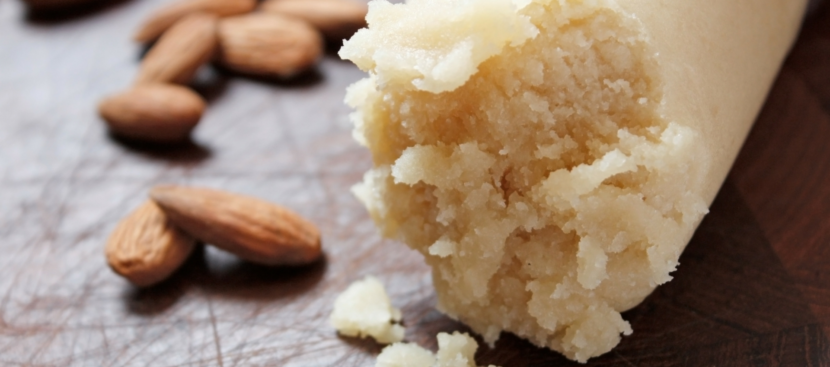
There are other legends of the origin of this sweet, such as the nuns of San Clemente who devised it to end hunger in Toledo in 1212 or a similar one but located in a remote place, Lübeck (Germany). However, many historical data point to the fact that the Venetians were the creators and, thanks to its important naval dominance for centuries, they spread it throughout the Mediterranean area.
Venetian Pinza
This dessert is typical of Veneto, Friuli and some valleys of the Province of Trento. There is no Christmas without this cake made with cornmeal, yeast, sugar, eggs, raisins, candied fruit and fennel seeds. The combination is a tabletop delicacy that is usually taken with warm red wine (you can see it below).
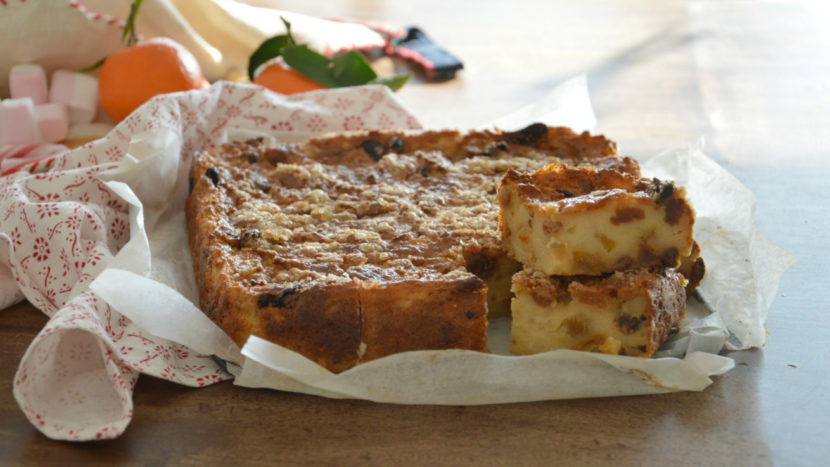
Originally, this cake was taken at parties (and tradition remained that way) and could reach a meter in diameter so that the whole family could enjoy it.
Pandoro
Although looking at the photo the Panettone dessert comes to mind, we must clarify that it is not the same recipe and, therefore, the same sweet. This “Pan d’oro” began to be produced somewhat later than its “competitor”, since the first references are from the Middle Ages, although it was not until 1984 when it was patented by Domenico Melegatti, who registered it as a shaped candy with an eight-pointed star and a characteristic sprinkling.
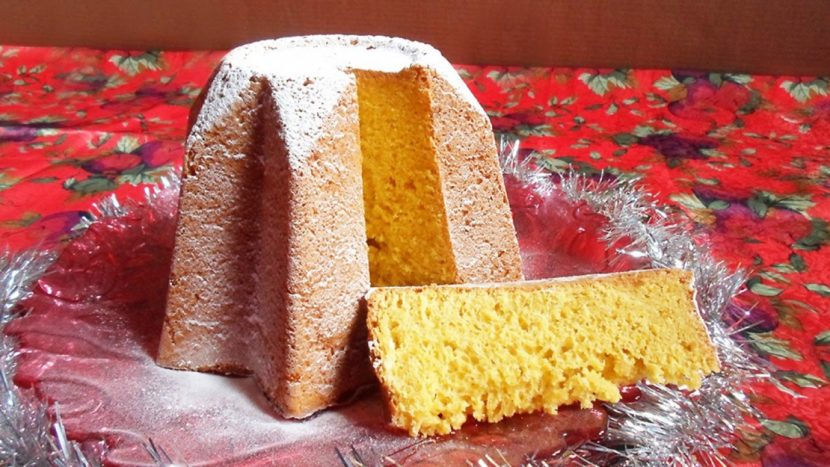
This Christmas dessert is made with flour, eggs, sugar, vanilla, butter, cocoa butter and yeast, so you can already imagine how smooth its texture is and how tasty its flavor is. There are variants with pastry cream, candied fruit or with chocolate, perfect for all tastes!
Mandolato
This hard nougat becomes the star of many homes in our region of origin. He was born in Verona, is very common and well-known in Venice and we can also find him in some areas of France and Greece. It is prepared with sugar, honey, egg and pieces of almond, and it has this characteristic white color that makes it quickly identify itself in shop windows … and on the table when only a piece remains!
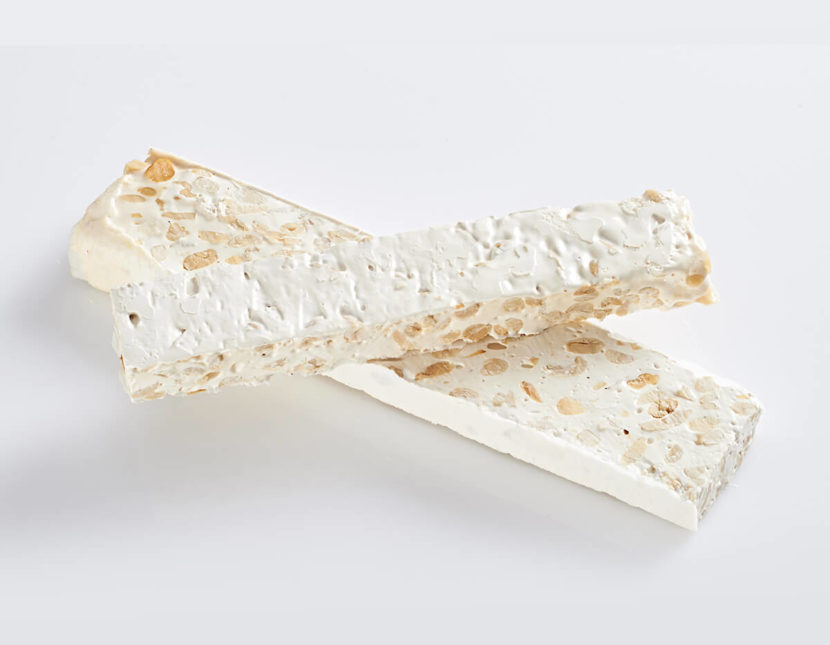
CHRISTMAS DRINKS
Vin brulé
Have you ever tried mulled wine? It is normal that in Malaga, where there are only a few cold days a year, this idea sounds a bit shocking, but it is a more than common drink throughout northern Italy and part of Central Europe.
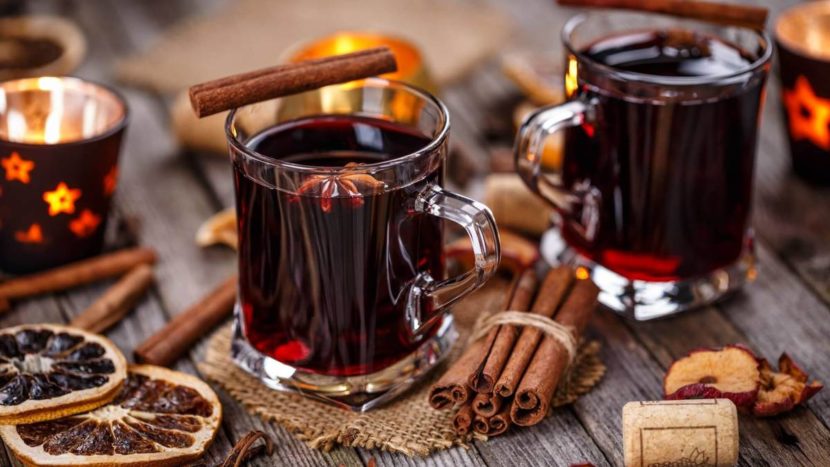
Unlike wine in its usual temperature, this wine is taken with desserts and sweets, and is accompanied with sugar, fruit peel and various spices. The most common are cinnamon, pepper, rosemary, cloves or mint. Surely our fans in the Nordic areas do not imagine a Christmas without a table full of sweets and vin brulé :).
Grappa
This liquor exists from the ancient civilizations of Greece, Egypt and Italy. It began to be made to take advantage of the residues of the wine, and for them they fermented skins, seeds and grape stalks. Little by little, its creators innovated using other raw materials such as pears, apples or plums.
Generally it has a transparent and crystalline appearance, a fruity aroma and a high alcohol content. To adapt its flavor to all palates, mixes are made with honey, fruit and sugar.
In addition to taking the grappa as a shot for a Christmas toast, for example, it can also be another ingredient in a recipe or added to coffee to become a “café corretto”. If you are curious to try it, contact us. At Venetiis Restaurant you have the option of tasting!
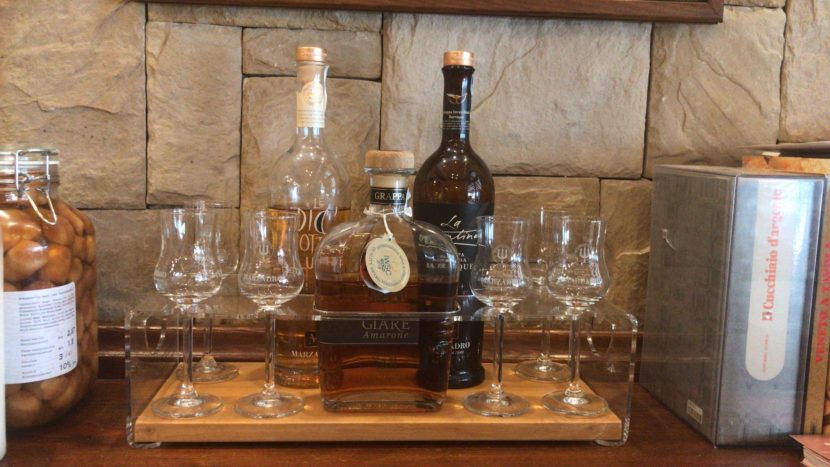
Now you know what is served at the Venice table during Christmas at dessert time. We are looking forward to taking a bit and taking a sip to remember many special moments. And you, would you like to try?
